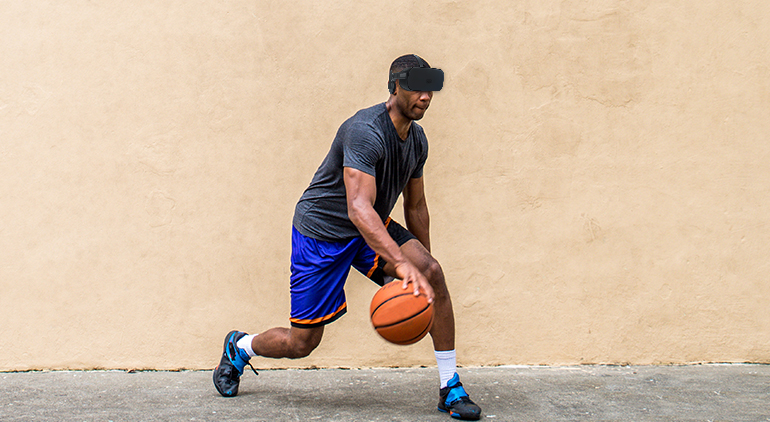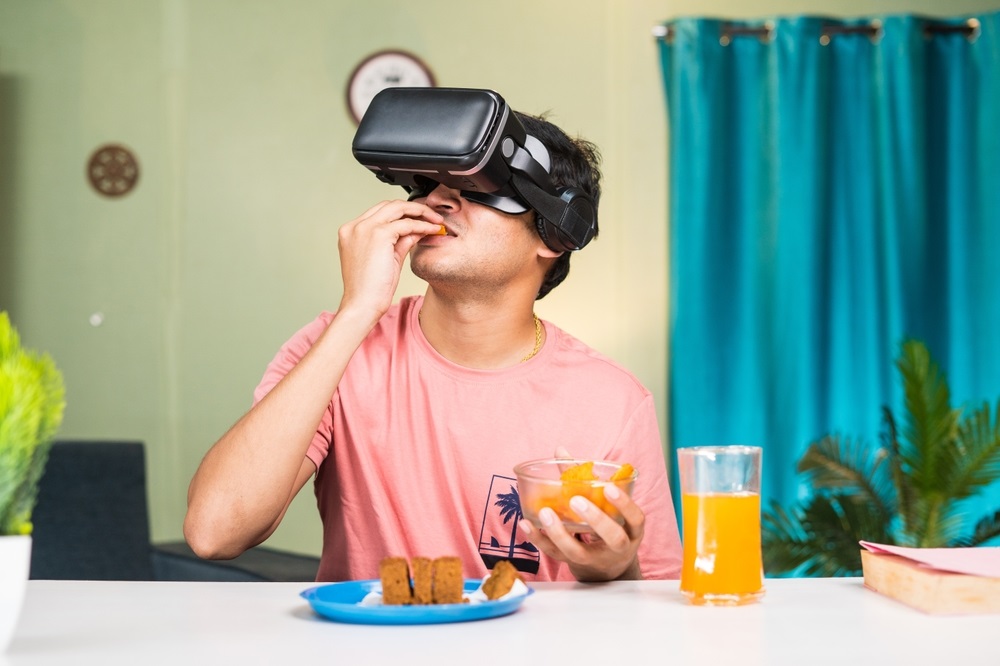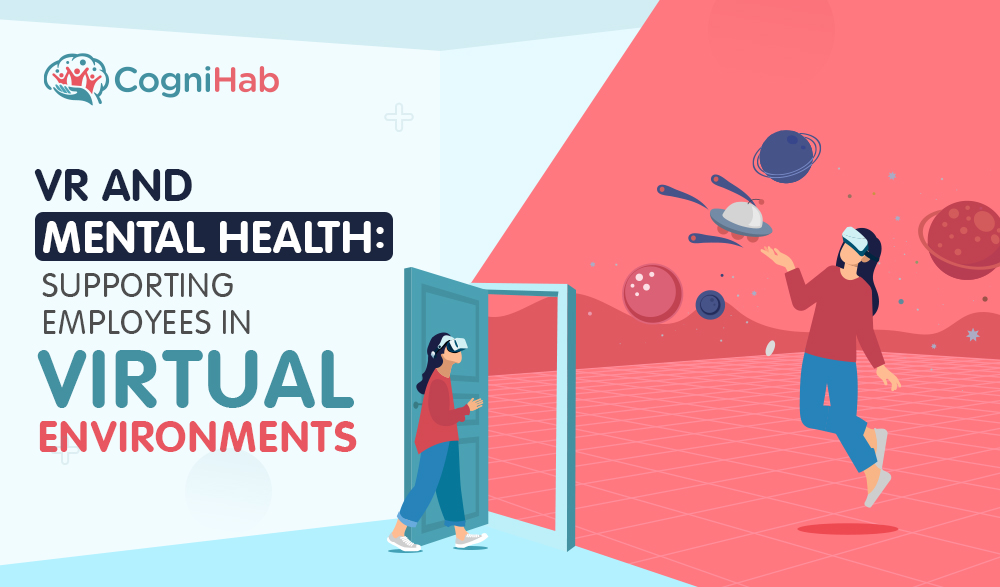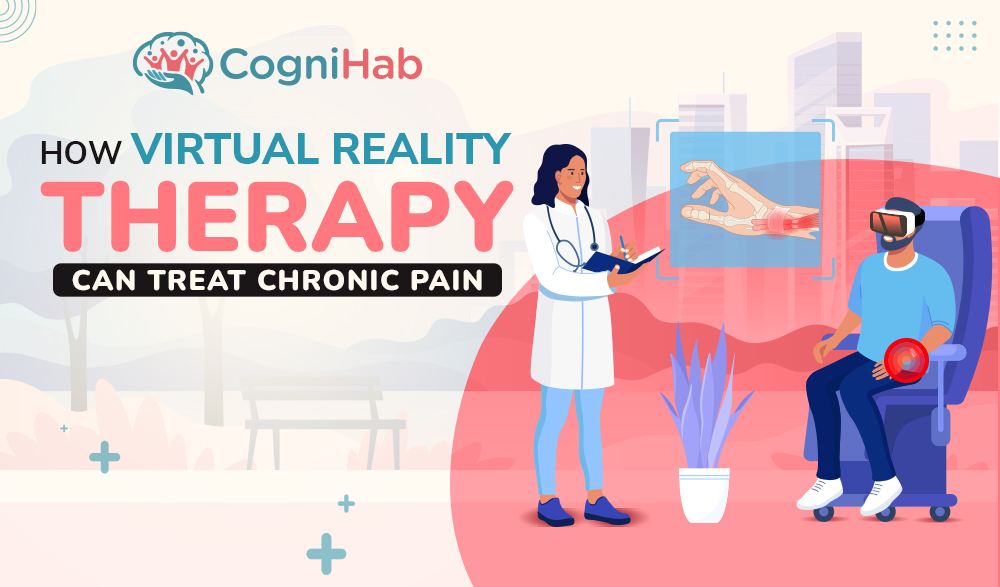Immersive Health and The Gamification of Healthcare
The healthcare market is voyaging untapped vistas. Starting from digitization and the integration of artificial intelligence, the market has now tapped into gamification.
According to Research Dive,
• The healthcare gamification market is expected to climb to $13.5 Billion by 2025 from $19,233.19 Million in 2018.
• The CAGR from 2018 to 2025 is anticipated to be 12%.
Gamification as a market is growing exponentially within the healthcare sector. Let us take a look at some benefits of gamification that encourages the patients to adopt it as well.
Benefits of Gamification for the Patients
Various studies support that gamification has a positive influence on the healthcare industry. Following are a few benefits associated with gamification in healthcare:
• Improved skills
Gamification in medical education has contributed to providing structured tuition and skilled learning to healthcare professionals.• Patient involvement
The game elements used in developing the treatments have led to increment in the patient involvement, leading to better healthcare and well being of the individuals.• Increase health literacy
The use of gamification tools by patients, healthcare professionals or students has led to an increase in health literacy, thus resulting in efficient healthcare results.These motivational factors have driven patients and healthcare consumers a little less concerned about gamification of their treatment process. From an enterprise point of view, there are 3 innate qualities of gamification that helps the patients. Let us take a look at these.
Promises of Gamification to the Healthcare Market
• Motivating intrinsically
Gamified healthcare has the quality of intrinsic motivation for the patients. The users experience satisfaction in continuous performance. Thus the extrinsic motivations such as social pressure give way to a more accepted sort of motivation.• Accessibility
Smart phones are, by default, armed with activity trackers, sensors, processors, storage, and displays that are crucial to gamified healthcare. Gamified health apps are thus more widely available and accessible.• Efficiency
A game layer over the current health practices is more feasible and efficient. This also adds to its scalability.With the above-mentioned benefits driving adoption, a number of healthcare players have integrated gamification to their business. Let us take a look at some use cases of gamified healthcare.
Use Cases of Gamified Healthcare
• Gamified health apps prompts patients to take medicines on time. The app also shows possible side effects and its duration as well as other medicine-related information.
• Gamified pain management apps effectively tracks pain in different parts of the body and suggest possible reasons. Upon pinpointing the actual cause, the app can also predict as to how long the pain may last.
• Gamified fitness trackers are apps that regulate calorie intake and help the user stay fit. With an attractive UI, the app effectively engages the patient in a healthier routine, periodically prompting progress and instilling a sense of achievement.
Therapy has also benefitted from gamification
• Video feedback systems correct the movements of patients undergoing physical therapy.
• Gamifying brain imaging can helps stroke victims to retrain their brain.
• Harvard, Stanford, and Penn Universities have come up with over 30 tracks that help users experiencing anxiety to listen to. Each track is rated on the basis of the anxiety level and this allows the user to experience it come down as they progress through each track.
• The Yale New Haven Hospital has integrated the GlassOff program that retrains the patient’s brain imaging and helps in reducing the dependence on reading glasses.
Compliance does half the medical work. If a patient abides by the medical practices without stress or doubt, the benefits double. Gamification aids intrinsic, the milestone-based motivation that helps patients adhere to the practices without burdening themselves.
Let us take a look into the future where gamification plays an integral part in the healthcare market.
The Future
The major players in the gamified healthcare market currently are Nike, Microsoft, Ayogo, and EveryMove among a plethora of others. When it comes to the markets, the enterprise market is forecasted to overtake the consumer-based market. According to Globe News Wire,
• From 2018 to 2021, the enterprise market will enjoy a 15.7% CAGR.
• The revenue will account for $17,967 Million by 2026.
The applications are divided into Prevention, Therapeutic, and Education. Maximum growth will be seen by the Prevention application (13.4% by 2026 according to Research Dive). Since a lot of industry players have already undertaken aggressive adoption, what can we conclude from this new era of smart healthcare?







